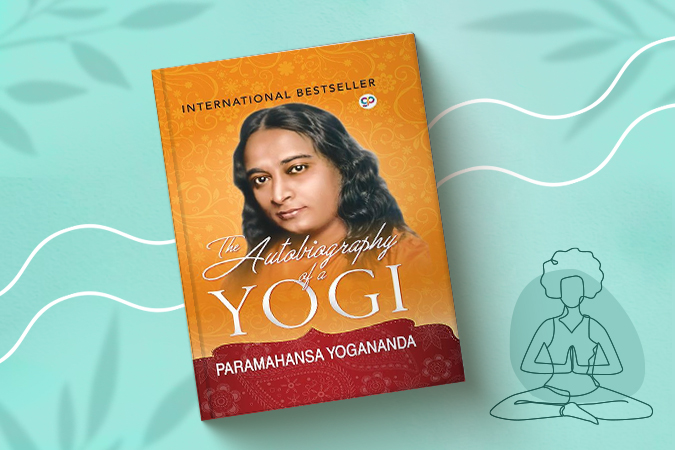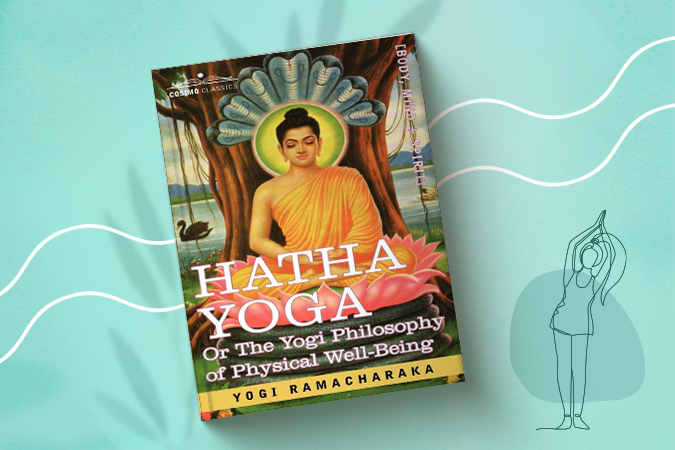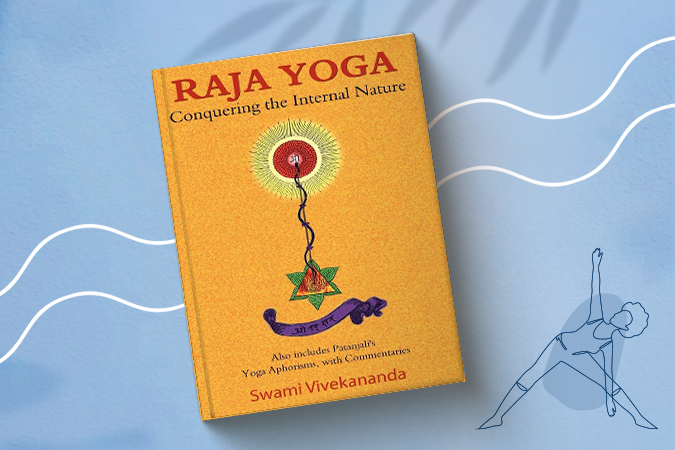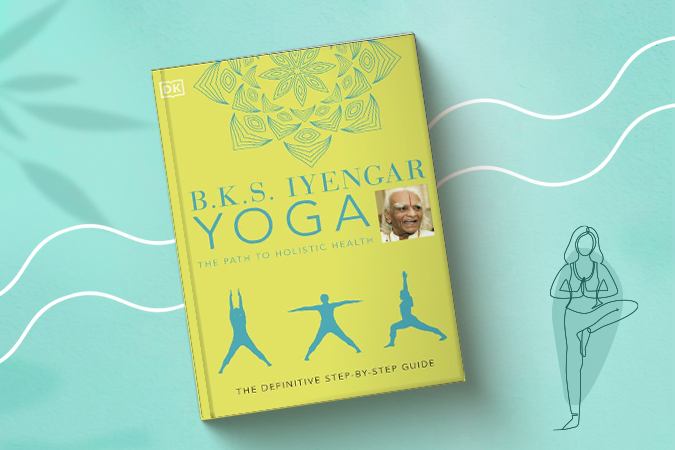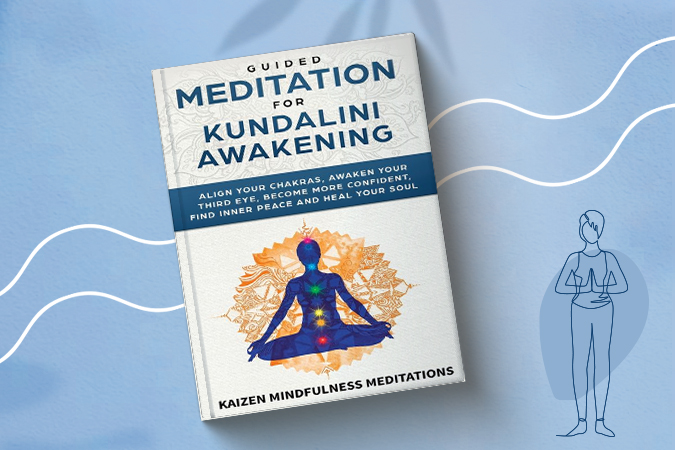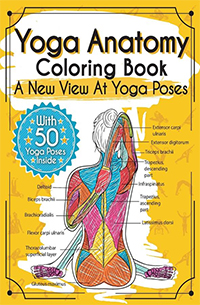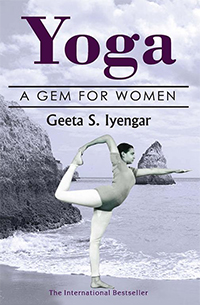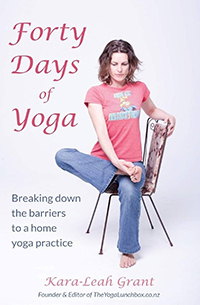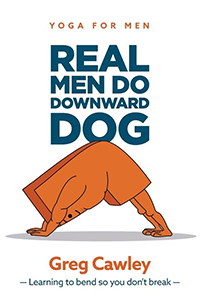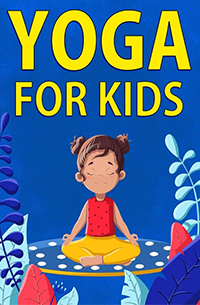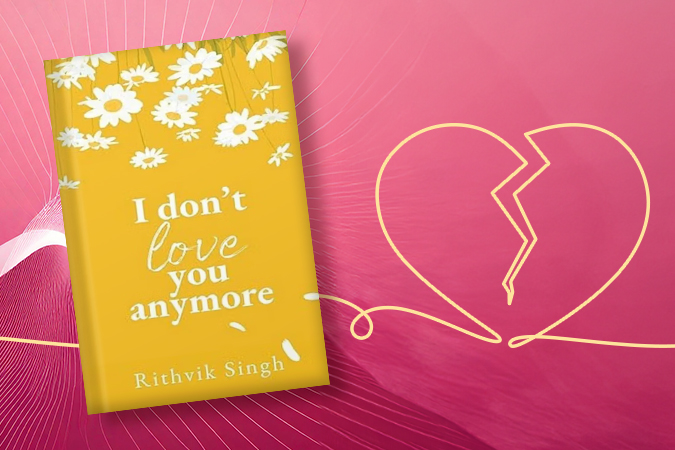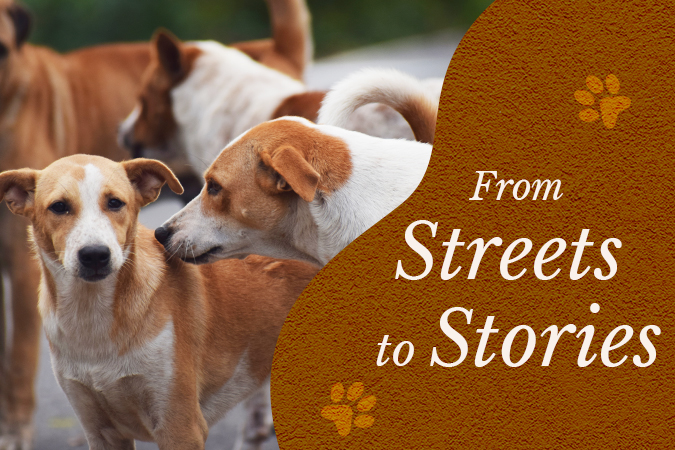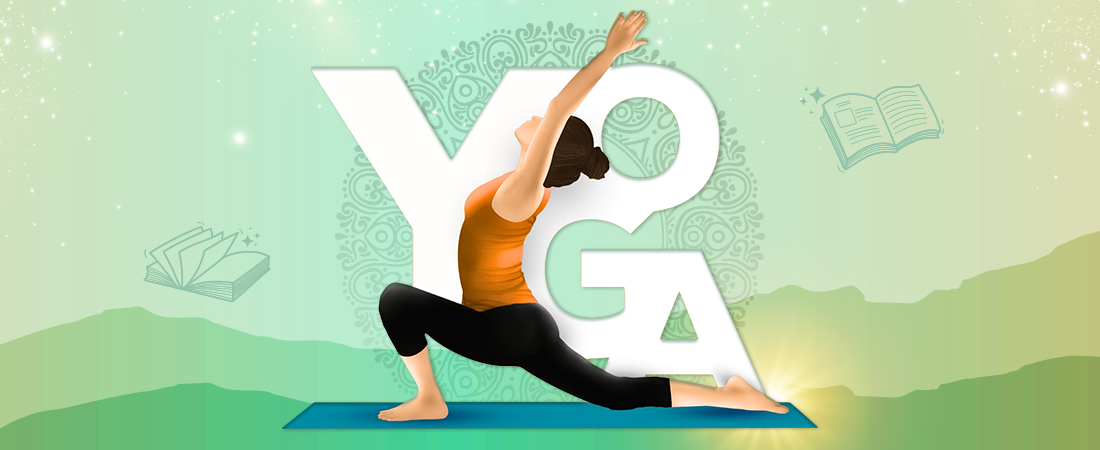
From among the different types of yoga, choose the one that suits you!
Ashtanga, hatha and everything in between…whether you prefer a good workout or a soothing, meditative one—the ancient practice of yoga with all its modern derivatives offers something for everyone.
There is a plethora of yoga practices to match your needs, skill level and needs. From gentle inner work to full-body flexibility, all these different styles of yoga will help you choose one that fits best on your journey to self-discovery along with a ton of benefits ranging from physical, mental, emotional and even spiritual.
We present to you a guide to some of the most popular yoga types and styles—learn about the essence of each practice and its unique benefits to get your Om on.
Kriya yoga is a meditation technique that places emphasis on energetic pathways and breath control, known as pranayama, to enhance physical healing, energy levels and immunity. The Kriya yoga techniques were shrouded in secrecy for hundreds of years, and only revived in 1861 when yogi Mahavatar Babaji initiated his disciple Lahiri Mahasaya into it. Lahiri then taught the technique to his disciple Sri Yukteswar, who taught it to his disciples, including Paramhansa Yogananda.
LitFind recommends:
Paramhansa Yogananda popularized Kriya Yoga through his book Autobiography of a Yogi and through his teachings in the West. One of the other great Kriya yoga books is Kriya Yoga by Sri Sailendra Bejoy Dasgupta, who is a brother disciple of Paramhansa Yogananda. A manual for internal alchemy, it contains advanced techniques of meditation.
Also called “flow”, Vinyasa yoga is one of the most popular contemporary styles of yoga owing to its smooth movements and synchronised breathwork. A melange of different yoga styles like Ashtanga and power yoga come together in Vinyasa yoga to melt away stress and boost positive emotions. It is also well-documented that vinyasa yoga improves heart health by balancing blood sugar and blood pressure.
Various forms that go fast and slow fall under the vinyasa yoga umbrella like Jivamukti, CorePower, Baptiste Power Vinyasa and Modo.
LitFind recommends:
Brahma Shakti Vinyasa Yoga by Mark Flint can be potentially very useful for beginners in ashtanga or for teachers looking for a student manual. It also touches on aspects like pranayama and diet.
The Sanskrit word “hatha” refers to all physical yoga asanas. Sometimes, hatha yoga is also used as a catchall term to describe all other styles of yoga that are rooted in physical practice. However, it’s important to remember that there are other forms of yoga like kriya, raja and karma yoga that do not stem from a physical practice.
Because it tends to be a slower form of yoga with greater focus on pose instruction (versus simply performing them), it’s a great type of yoga for beginners without the need for prior knowledge. Hatha yoga poses are also great for those who have a tough time focusing as the step-by-step approach ensures that one is brought back to an action repeatedly, not giving the mind leeway to wander.
LitFind recommends:
Hatha Yoga: Or the Yogi Philosophy of Physical Well-Being by Yogi Ramacharaka simplifies yogic concepts like prana and mindfulness, and helps the reader to see yogic practice beyond the pinhole view of physical health and fitness.
Raja yoga is the OG! Known as “classical yoga” it is the oldest yoga system that was incorporated into a practice. The efforts for this are attributed to sage Patanjali during the second century CE, the author of the Patanjali Yoga Sutra book.
Raja Yoga gained wider recognition during the 19th and 20th centuries when influential yogis like Swami Vivekananda and Paramahansa Yogananda introduced it to the Western world. Their teachings spread awareness of Raja Yoga’s transformative potential and its ability to harmonise the body, mind and spirit.
LitFind recommends:
Raja Yoga: Conquering the Internal Nature by Vivekananda, a raja yoga book that is a valuable tool to seek inner peace, self-realisation and a deeper connection with the divine.
Many of us have been amazed by the impossible-seeming contortions of legendary yogi B.K.S. Iyengar. He founded Iyengar yoga that focuses on alignment, controlled breath and precise movements. This style of yoga also makes use of props to support students as they get deeper into poses—perfecting their form while offering a sense of safety. This type of yoga is excellent for those who have injuries or don’t prefer very high-activity workouts; also great for those who need slow, methodical poses.
LitFind recommends:
The yoga guru’s book B.K.S. Iyengar Yoga: The Path to Holistic Health is a treasure trove of information where each pose is described in detail and includes benefits and contraindications, various modifications, and a little history. There is also a section in the back of the book with a series of yoga poses tailored to help a variety of ailments.
In the late 1970s, Yogi Bhajan brought Kundalini yoga to the West—a beautiful amalgamation of asana, breathwork, chanting, meditation and singing. Derived from the Sanskrit word kundal or “coiled energy,” it refers to the symbolism of divine energy that lies dormant like a coiled serpent at the base of the spine. Thus, Kundalini Yoga is a type of yoga that focuses on awakening and harnessing kundalini energy.
Kundalini Yoga is recognised as a potent and transformative practice that can completely metamorphose the physical, mental and spiritual realms.
LitFind recommends:
Understand this powerful practice better with Guided Meditation for Kundalini Awakening by Kaizen Mindfulness Meditations. The book offers guidance on how to meditate and balance the chakras, besides imparting information on what kundalini really is and what it does for you.
Which style of yoga is the easiest and which is the hardest?
If you have never tried yoga, you might think it’s all about gentle movements and meditation. Sure, some yoga styles are calmer but others will entail a very physically demanding sequence of postures.
Hatha yoga would be a great jumping off point that is beginner-friendly for its typically foundational poses done at a relaxed pace. On the other end of the spectrum, we have faster-paced practice like Ashtanga and Vinyasa. Bikram yoga done in a heated room is a sweaty style of yoga that oscillates between full exertion, followed by complete rest.
There is no single style that is easier or harder and we’d encourage you to try and find a yoga type that is most suited to your body type, goals, experience level and personal taste.
Looking for more books on yoga to boost your knowledge and power your practice? Find them HERE

